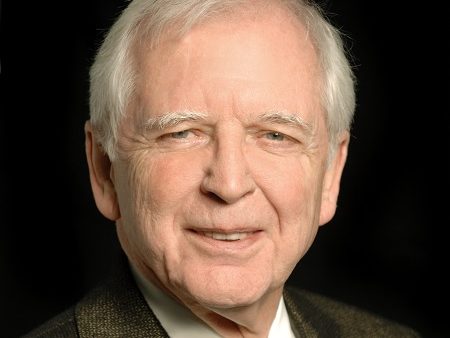Harald zur Hausen
2008 Nobel Prize in Physiology or Medicine

Harald zur Hausen (*1936 – †2023) received the Nobel Prize for his discovery of the role of papillomaviruses in the development of cervical cancer.
Harald zur Hausen was born on 11 March 1936 in Gelsenkirchen-Buer. After completing his secondary school education (1955) he studied Medicine at the universities of Bonn, Hamburg, and Düsseldorf. In 1960 zur Hausen earned his doctoral degree in Medicine in Düsseldorf. He then worked for five more years in Düsseldorf before accepting a position at the Virus Laboratories of the Children’s Hospital in Philadelphia.
The next station in zur Hausen’s academic career was the University of Würzburg, where he completed his habilitation in 1969. In 1972 zur Hausen was offered the new Chair in Clinical Virology in Erlangen. In 1977 he was appointed to the Chain in Virology in Freiburg. In 1983 he accepted a position at the German Cancer Research Center in Heidelberg, where he remained until 2003, achieving great success in his scientific work as well as in coordinating the reorganization of the center. Zur Hausen served as editor-in-chief of the renowned International Journal of Cancer.
Zur Hausen was one of the most prominent and successful pioneers in the area of tumor virology. As early as 1970 he provided convincing evidence for the presence of the DNA of the Epstein-Barr virus (EBV) in the Burkitt’s tumor and in the nasopharyngeal carcinoma. This finding is rightly considered to be one of the earliest and most pivotal milestones in the history of human tumor virology. Since only a fraction of the people infected with EBV actually develop EBV-associated tumors, these data paved the way for an understanding of the role of DNA tumor viruses in multistage carcinogenesis and of the significance of immune mechanisms at the cellular level and the level of the entire organism.
During his tenure in Freiburg, zur Hausen performed detailed research on the regulation of EBV, with special emphasis on studies designed to clarify the role of papillomviruses in the development of tumors. These efforts met with success: His studies in Freiburg yielded evidence for the first cervical carcinoma–associated human papillomavirus (HPV-16).
Later at the German Cancer Research Center (DKFZ), zu Hausen and his team succeeded in demonstrating that the regulatory proteins E6 and E7, both encoded by the papillomavirus, are expressed in human tumors and that this expression is indeed necessary for maintaining the transformed state, controlling the proliferation of the tumor cell, and inducing genomic instability.
Epidemiological studies ended up confirming the significance of the papillomavirus infection and the benefit to be gained through its prevention. Zur Hausen rounded off his impressive body of work on the subject by developing a vaccine against particular papillomaviruses and the resulting HPV-associated tumors.